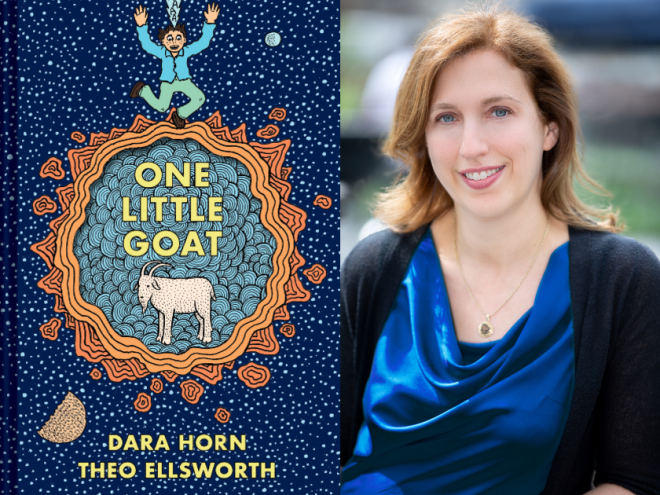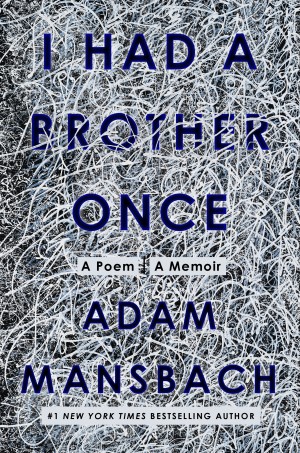Why society is fascinated with the death of Jews but cares little for living Jews is the subject of Dara Horn’s newest book. Weaving together history, social science, and personal story, she asks readers to think critically about why we venerate stories and spaces that make the destruction of world Jewry a compelling narrative while also minimizing the current crisis of antisemitism. As Horn concludes in her introduction, the goal of People Love Dead Jews is “to unravel, document, describe, and articulate the endless unspoken ways in which the popular obsession with dead Jews, even in its most apparently benign and civic-minded forms, is a profound affront to human dignity.”
In the chapters that follow, the author moves the reader back and forth between examples of the world’s fascination, and at times obsession, with dead Jews and the antisemitic events of Pittsburgh (2018), San Diego (2019), and Jersey City (2019). She explores fascination with Anne Frank, the recent establishment of a museum to the now defunct Jewish community of Harbin, China, an interest in “uplifting” Holocaust fiction (and the movies made from these bestsellers), and an online archive of the forgotten Jewish communities of North Africa and Asia. She explores the motivations of Varian Fry and those who preserve his memory. Fry, the first American to be named a “Righteous Among the Nations,” rescued the anti-Nazi cultural elite, many of whom were Jews, from certain death.
Toward the book’s conclusion, in a particularly disturbing chapter, the author listens to an audio version of The Merchant of Venice with her ten-year-old. In a strange reversal, her son helps her to recognize that she has been conditioned to accept Shylock’s famous soliloquy as Shakespeare’s attempt at humanization. In reality, her son suggests, Shylock’s words might be read as his justification for revenge. He is evil because he is treated poorly. He is treated poorly because there is something repulsive about him, because he is a Jew. Perhaps there is no deeper understanding to be had.
Horn comes to the conclusion that antisemitism has a reemerged in America because “the last few generations of American non-Jews had been chagrined by the enormity of the Holocaust — which had been perpetuated by America’s enemy, and which was gross enough to make antisemitism socially unacceptable, even shameful. Now that people who remembered the shock of those events were dying off, the public shame associated with expressing antisemitism was dying too. In other words, hating Jews was normal.” In the banality of this explanation, the reader comes to the conclusion that sometimes the truest answer is both the most painful and the least satisfying.
People Love Dead Jews offers no definitive solution to the paradox it unfolds. Horn leaves the reader with several interwoven explanations, each of which lead us to confront the dark reality that Jewish deaths make for a compelling educational narrative, while facing the antisemitism of the present demands a commitment to equality that the world remains unable to embrace.




